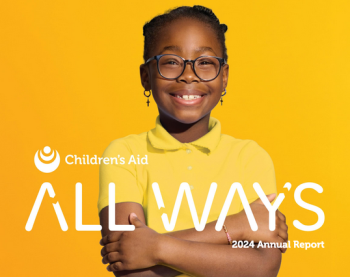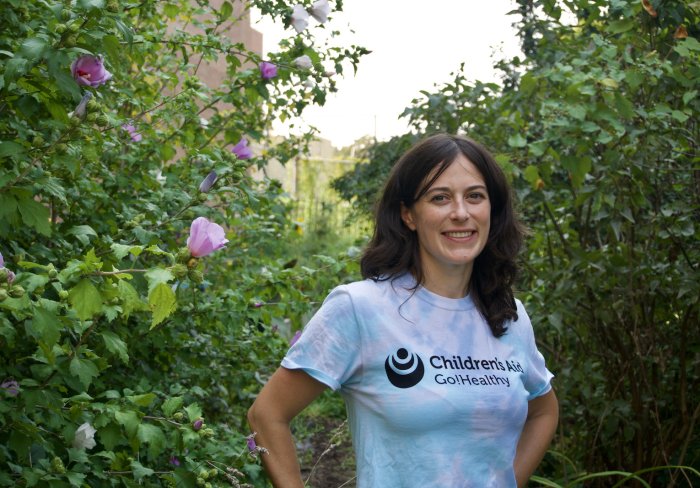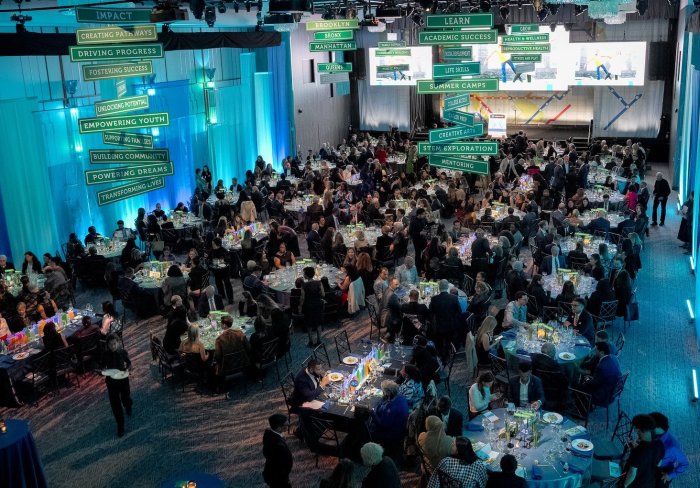Tom Hepworth took an unconventional path to his current career as the community school director at Curtis High School on Staten Island.
A pre-med student at Fordham University during the Vietnam War, his first dream wasn’t realized due to politics. College students were protected against the draft, but only if their grade point averages were above a 2.0.
Administrators at Fordham University decided to drop grades and implement a pass or fail system.
“They dropped grades, which was great,” Tom said. “It protected a lot of young men. But try to get into graduate school with that. Everybody in pre-med either had to go overseas or change careers.”
Tom changed his major to education, but politics would derail his plan once again. In the late 1970s, New York City was facing a financial crisis. Though city officials pleaded with President Gerald Ford for help, it took him almost a year to authorize loans to ensure the city could avoid bankruptcy. In the meantime, thousands of public school teachers were laid off.
Tom decided to go into his father’s field and worked for New York Telephone Company, AT&T, and IBM. But he never gave up on his desire to work in education. In 2003, he began working as the parent coordinator at Curtis High School.
“I was there to support families and their children in their education but often found that I didn’t have enough in my tool belt to do anything other than to commiserate with them,” he said. “They needed so many things. They needed food, they need mental health services, they needed health services – and I didn’t have any of that.”
In 2010, the school’s principal heard about the community school model. Dr. Aurelia Curtis asked Tom to attend a convention in Philadelphia that would answer many of their questions.
“When I saw the community school model, I realized that’s exactly what I needed,” he said. “There are so many obstacles for student success. There are no students who want to fail, and there are no parents who want their children to fail. If you can identify what the obstacles are and offer that family resources to support the child, they’re going to take advantage of it, and the child will do well.”
Though it took some trial and error to implement the model, administrators at Curtis High School chose Children’s Aid to help them realize their vision. In 2012, Tom became the bridge between the school and Children’s Aid. In 2018, he stepped in to the role of community school director.
The high school, which serves about 2,500 students, offers a wide variety of services to make sure students have all the tools they need to succeed. A health center allows them to see a medical professional without having to travel or miss class.
To accommodate English-language learners, several staff at the high school speak Spanish and Arabic. After-school clubs for freshmen allow students to adjust to a new school.
In addition to academic help, staff have implemented services to help students and families in temporary housing. The Curtis Closet is stocked with clothing for students who may need appropriate seasonal attire and parents can pick up laundry cards to wash clothes at a local laundromat.
Tom credits his staff for making the community school model work. The six staff members work in a room dubbed the Community School Hub, where students come in to ask for help or have a conversation.
“I have a really terrific, dedicated staff,” he said. “Our rule is if a student walks through the door, someone has to stop what they’re doing and ask how that kid is doing today.”
When school was shut during the COVID-19 pandemic, it became more difficult to assess what each student needed. Body language is an important factor for staff who are trying to identify what a child needs. Forced to rely on phone calls or video calls meant that staff were “flying blind,” Tom said.
Now that students are back in school, staff will need to rebuild those relationships and help families process the loss they may have experienced in the last year and a half. For Tom, building those bonds is the most rewarding aspect of the job.
“[The most rewarding thing is] coming in one morning and there’s somebody waiting for you that was a student at the school last year or a couple of years ago who is checking in with you to tell you how they’re doing and sometimes even thank you for something you might’ve done that you forgot about,” he said. “That’s not why I come to work, but it certainly puts a bounce in my step when that happens.”







